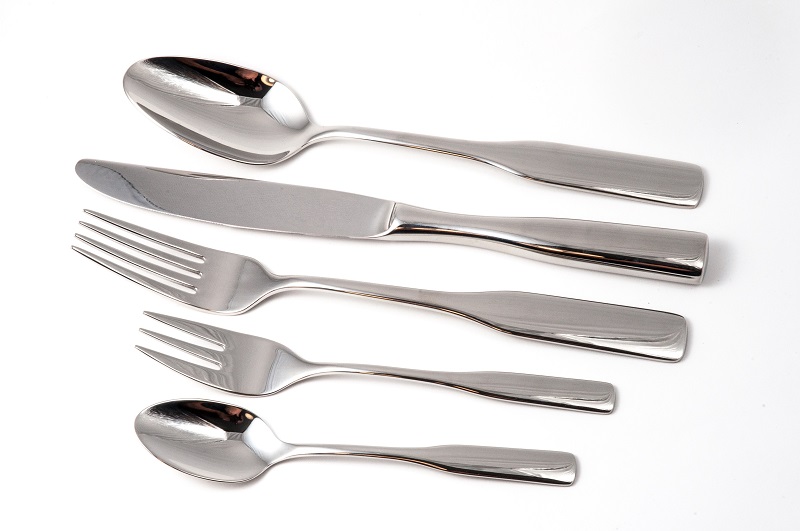What are the things that you should know about stainless steel?
- What stainless steel is
- The common stainless steel grades
- The practical uses of stainless steel
In most cases, stainless steel suppliers in Metro Manila double as aluminum suppliers as well. They offer a wide variety of steel and aluminum products that are ideal for certain applications. And as providers of materials, most of them are also considered experts on what these materials are. With that being said, they should at least have the basic knowledge of what stainless steel is. Every distributor should know a few things about what they’re selling, and for those who are new to selling stainless steel, then here’s a short guide for you!

What is Stainless Steel?
This type of steel is basically an alloy of iron with at least 10.5% chromium. The chromium in its composition creates a thin layer of oxide on the surface of the steel commonly known as the passive layer. This prevents any kind of corrosion on the surface. The more chromium is added to an alloy, the better its resistance to corrosion.
Stainless steel is divided into a number of grades depending on the varying amounts of other metals in its composition. Common metals that are mixed into these alloys are Carbon, Silicon, and Manganese. Sometimes elements such as Nickel and Molybdenum are added to add a few other properties to the alloy—enhancing their formability and further increasing corrosion resistance.
The term stainless comes from the alloys having an incredibly high resistance to corrosion. But when you look at it, you might as well call it a slightly darker and highly stain resistant metal. The reason why it’s bright is that of how it easily reflects light outwards.
The Most Common Stainless Steel Grades
There are many stainless steel grades that are out in the market. They all have their uses and application in a variety of industries. They find use in places like the aeronautics, maritime, manufacturing, and shipping industry all use different kinds of stainless steel. With that being said, a discussion on stainless steel grades will take a long while—particularly when you consider their properties and whether they can be cold-worked or should strictly be heat treated. There are some steel grades that are manufactured for general use, making them very common among all industries. Listed below are the three of them!
- 18-8 SS or the 300 Series. This steel grade is the most suggested stainless steel on the market. The 18-8 comes from its composition—approximately having 18% chromium and 8% Nickel based on their weight. However, you should take note that the term is interchangeable to characterize the series of different stainless steel grades which include 304 and 305. Steel grades in the 300 series are quite small, usually relying on the small addition of carbon and the different percentage of elements used in its creation.
- Type 316 grade. The composition of this grade is similar to the makeup of the 305-grade stainless steel. Carbon is limited to around .08% and the amount of Nickel is increased to 14%. What makes 316 different is the addition of 3% Molybdenum for the makeup. This addition further increases the corrosion resistance of the alloy, making it a better fit for areas with high use of industrial chemicals.
- 400 Series. This series has 18% Chromium and 0% Nickel. Because of this composition, this group of stainless steel alloys is less corrosion resistant, but make up for it by being magnetic. This series also has a higher carbon content making it stronger, higher strength, and higher wear resistance when compared to the 300 series.

Practical Uses of Stainless Steel
The application of stainless steel over different industries all double down on the resistance to corrosion that it has. Because of this property, it can be found in a number of household items, and in heavy industrial sectors all over the world!
Stainless steel suppliers in Metro Manila are known to provide a wide variety of steel products to different manufacturers from different fields. Each of which makes use of the unique properties of the stainless steel to their utmost advantage. That being said, stainless steel is more visible in some field than in others. Here are a few of its most practical uses!
As Culinary Products and Utensils. Stainless steel silverware is a norm in every household. From the dining utensils such as spoons, forks, and butter knives, to ladles, spatulas, tongs and a lot of other cutlery and cookware. You will always find stainless steel in kitchens just because of how sanitary they are.
As Medical Equipment. Particularly for surgical materials and other applications which require equipment that will deal with the human body, the sanitary implications of stainless steel products once again proven its worth in the medical field.
As a Construction Material. Though sometimes outshone by more traditional steel products that have better durability and strength all around, stainless steel is still used in constructions that require materials that are both sturdy and resistant to corrosion. It is very common in constructions of chemical factories or oil or water transport over long distances
Key Takeaway
Stainless steel products are not made out of one composition alone. They are composed of a handful of stainless steel grades that are unique in their own way. As suppliers of aluminum and stainless steel, you should have an idea on which one is better for certain applications. Keep in mind the basic knowledge about stainless steel provided in this article for when you with stainless steel yourself!